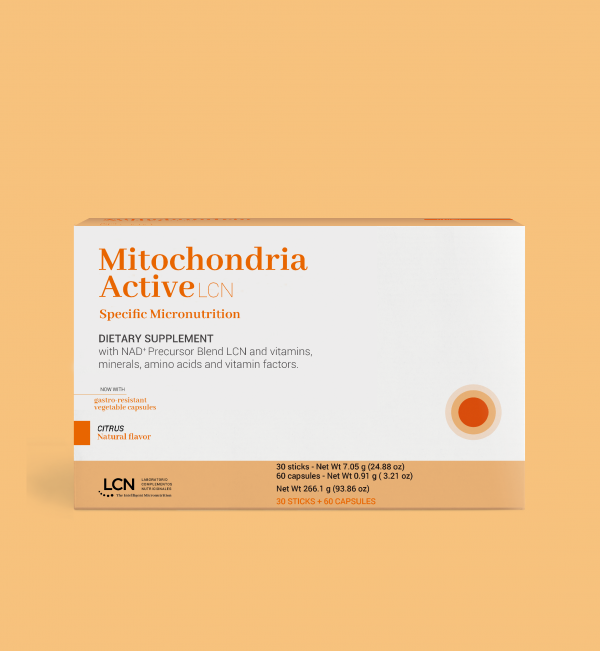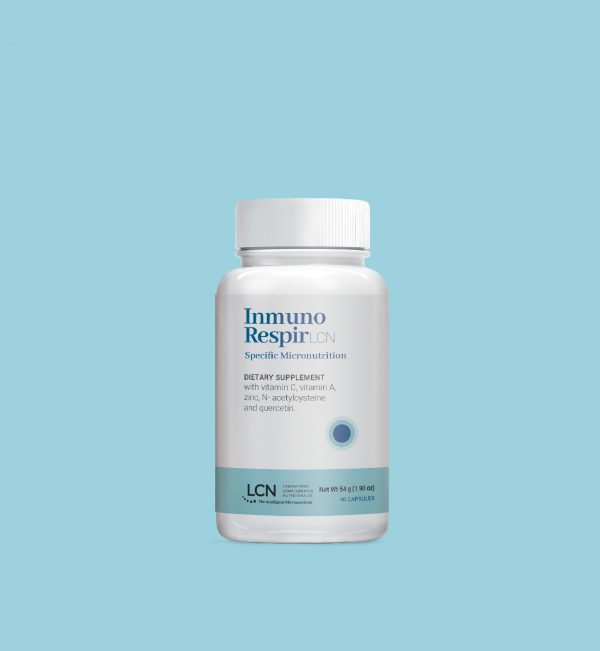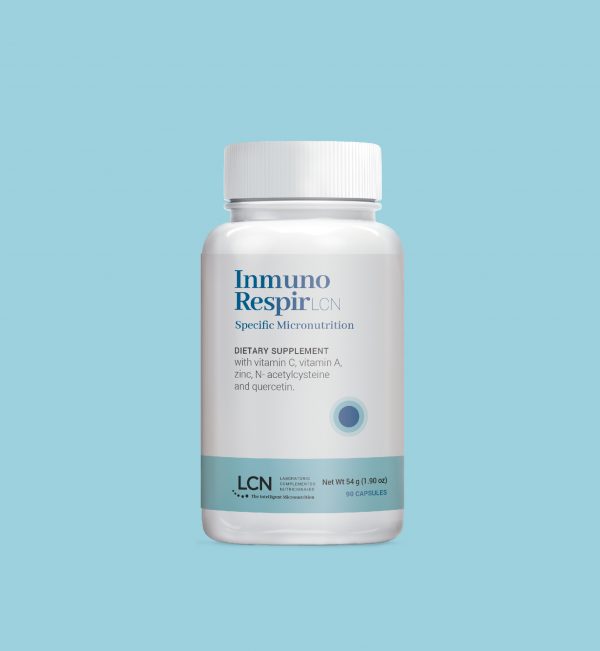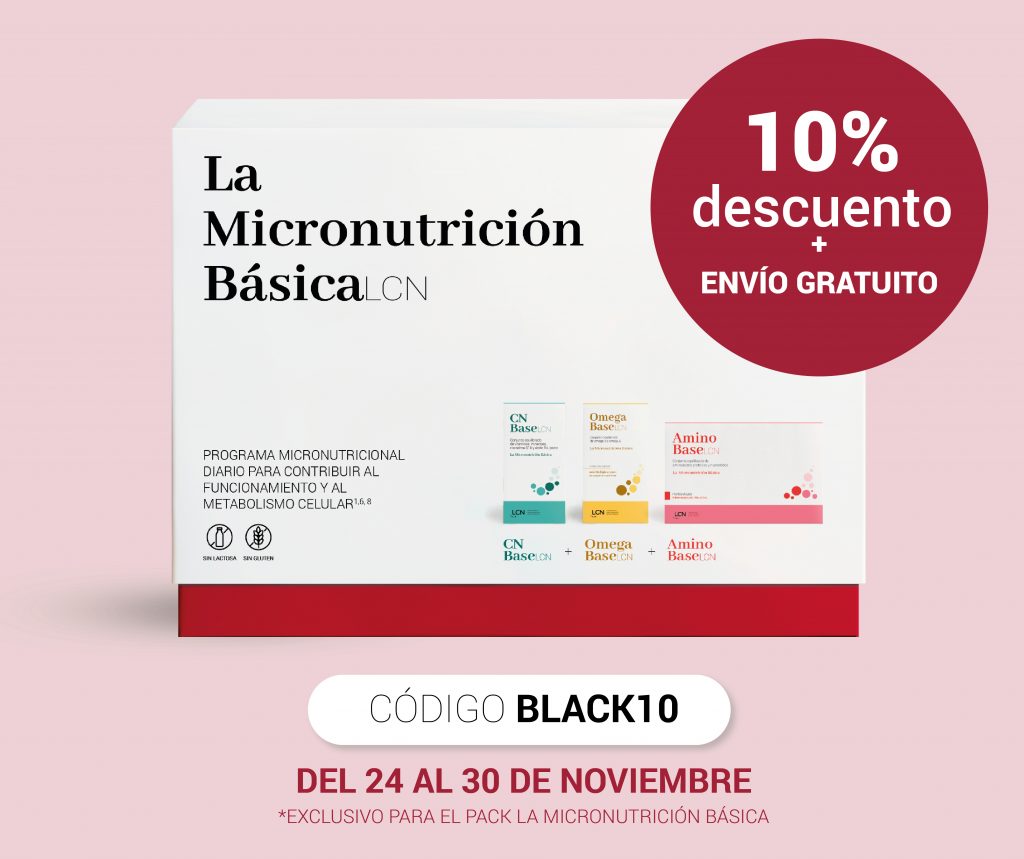Phosphorous
What is it?
Phosphorous is an essential mineral but not a specific micronutrient. It is the second most abundant element in the human body after calcium.
Its function in the body is to combine with calcium to form calcium phosphate (hydroxyapatite) to constitute bony and dental structures.
Phosphorous and calcium should be in equal proportions, because a deficiency or excess of one of them can alter absorption of the other mineral element. This ratio between the two minerals is regulated by the parathyroid hormone.
80% of phosphorous is found in bony structures. Another 10% is found in striated muscle, and the remaining 10% intracellularly as part of phosphoproteins, phospholipids, phosphoglycerides, and nucleic acids, and extracellularly as dibasic or monobasic phosphate.
Foods with phosphorous
Foods of animal origin, such as meats, fish, shellfish, etc., have the highest phosphorous content. In addition, processed meats, industrial baked goods, and carbonated beverages tend to contain added phosphates.
People with kidney failure should limit their consumption of foods with a high phosphorous/protein ratio, such as: all types of dairy products, egg yolks without the white, organ meats, monkfish, mussels, barnacles, oysters, sardines, wholegrain pasta, brown rice, breakfast cereals, industrial baked goods, white beans, fava beans, nuts, cookies, pastries, baked goods, all types of chocolate, all types of soft drinks, sparkling and other wines, beer.






